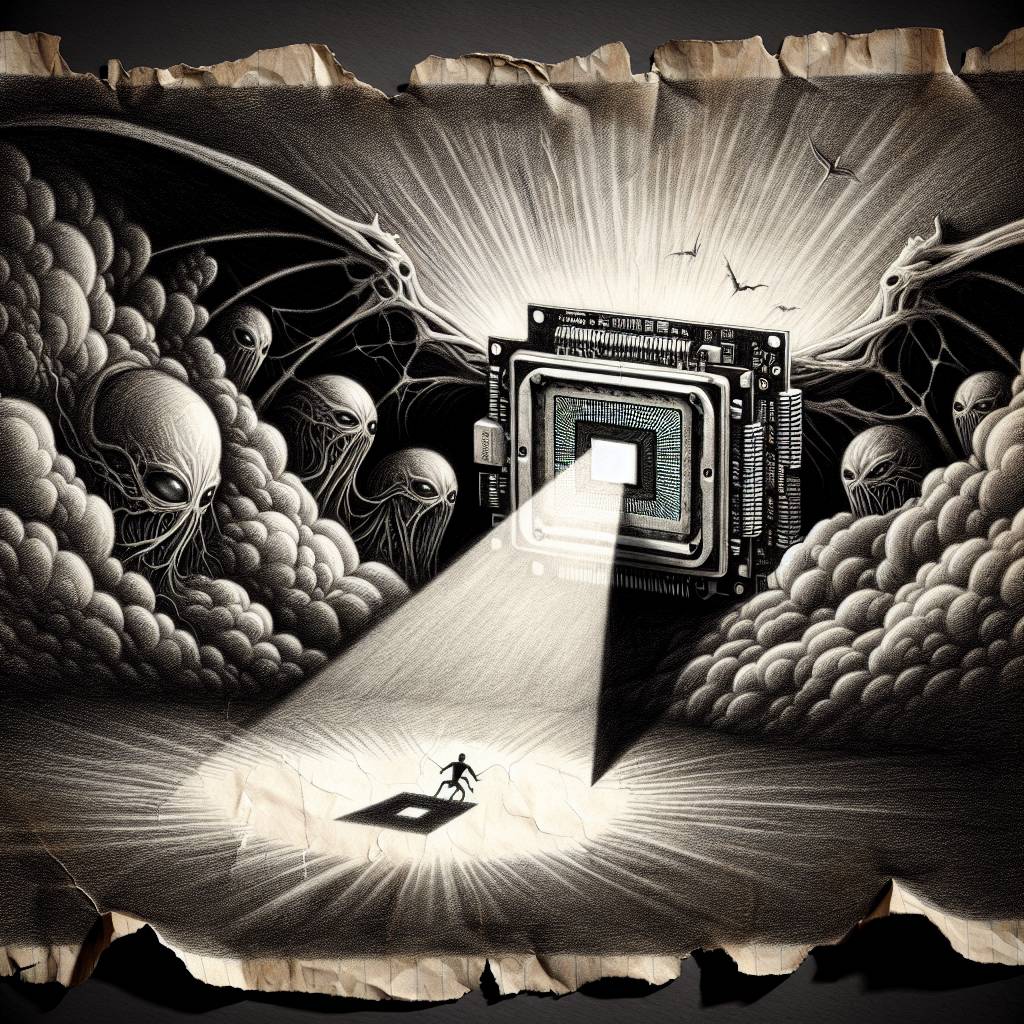Rowhammer Strikes Nvidia GPUs: AI Models Beware!
The Rowhammer attack is back, this time targeting Nvidia GPUs with GDDR6 memory. Researchers found that GPUHammer can significantly degrade AI model accuracy by altering neural network weights. Nvidia advises enabling ECC for protection, but it comes at a performance cost. GPUHammer poses a real threat to AI applications in shared cloud environments.

Hot Take:
In the world of memory attacks, Rowhammer is like that annoying relative who just won’t leave the party. Only, this time, it’s decided to crash Nvidia’s GPU party and flip bits like it’s flipping burgers. It’s like Rowhammer thought, “Why ruin just CPUs when I can meddle with AI too?” Forget the metaverse, the new realm to conquer is GPU-tropolis!
Key Points:
- Rowhammer, originally a CPU memory menace from 2014, is now targeting Nvidia GPUs.
- The latest attack, dubbed GPUHammer, can severely impact the accuracy of AI models.
- Researchers from the University of Toronto unearthed this vulnerability and disclosed it to Nvidia.
- The attack affects Nvidia A6000 GPUs with GDDR6 memory, but newer models remain safe.
- Nvidia suggests enabling Error Correction Codes (ECC) as a mitigation, albeit at a performance cost.
Rowhammer’s Evolution: From CPUs to GPUs
Rowhammer first made waves back in 2014, when computer scientists revealed its devious ability to flip bits in DRAM by repeatedly accessing the same memory row. Think of it as the cyber world’s equivalent of poking someone until they finally react. This attack was initially a CPU-exclusive affair, but Rowhammer decided to expand its horizons. Fast forward to 2023, and it’s now making its presence known in the realm of GPUs, specifically Nvidia’s A6000 GPUs with GDDR6 memory. It’s like Rowhammer traded its CPU monocle for a pair of GPU shades.
GPUHammer: The New Kid on the Block
Enter GPUHammer, the latest variant in the Rowhammer saga, and it’s targeting Nvidia GPUs like a kid in a candy store. Brought to light by researchers from Canada’s University of Toronto, GPUHammer is set to make its grand debut at the USENIX Security 2025 conference. The researchers revealed that this attack can be executed by inducing bit-flips on GPUs, and it can even mess with AI models. Imagine an AI model trying to predict your next move and instead suggesting you take a nap. It’s pandemonium in the land of machine learning!
AI Models: Not as Smart as They Look
With GPUHammer, the researchers demonstrated they could degrade the accuracy of AI models by up to 80 percent. It’s like taking a sledgehammer to a fine-tuned orchestra and turning it into a cacophony of noise. The attack targets the weights of deep neural networks residing in GPU memory, causing the models to make hilariously inaccurate predictions. It’s called Terminal Brain Damage, but we prefer to think of it as AI getting a taste of its own confusion.
Nvidia’s Defense: ECC to the Rescue
To combat this newfound menace, Nvidia recommends enabling Error Correction Codes (ECC) using a simple command. It’s like giving your GPU a security blanket to snuggle with at night. However, there’s a catch: enabling ECC results in a 10 percent performance hit and reduces memory capacity by about 6.25 percent. It’s like trading in your sports car for a reliable minivan. Sure, it’s safer, but you’ll miss the thrill of the open road.
Not All GPUs Are Created Equal
The good news for Nvidia fans is that newer GPUs like the H100 and RTX 5090 are immune to GPUHammer’s antics. So, if you’re rocking one of those, you can breathe a sigh of relief. Older models, however, might want to consider ECC or risk getting caught in a bit-flipping whirlwind. It’s a reminder that in the ever-evolving world of cybersecurity, no device is truly safe from the clutches of creative hackers.
Final Thoughts: The Never-Ending Cybersecurity Game
As we wrap up this tale of Rowhammer’s latest escapades, it’s clear that the game of cybersecurity is a never-ending one. Just when we think we’ve cornered a threat, it evolves and finds a new way to crash the party. For now, Nvidia can add GPUHammer to its list of challenges, but with vigilant researchers and a bit of ECC magic, there’s hope yet for a peaceful night’s sleep in the world of AI and GPUs.
